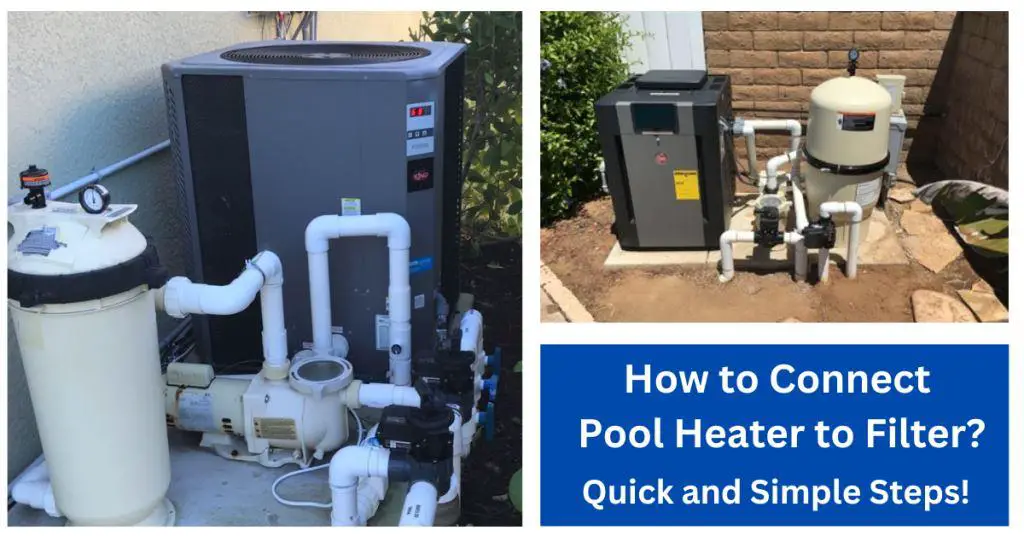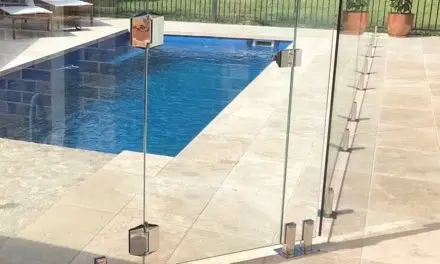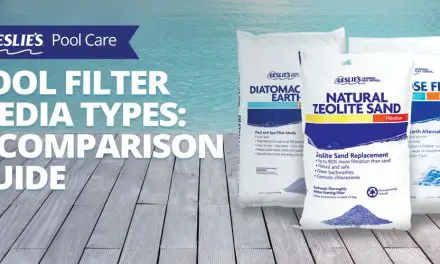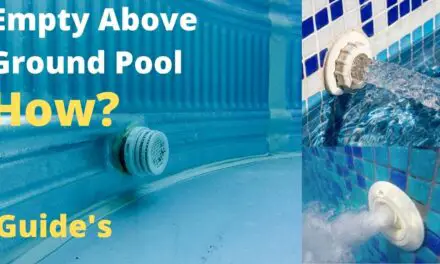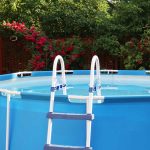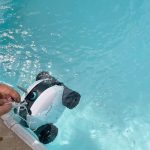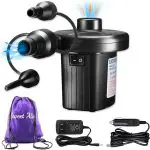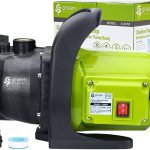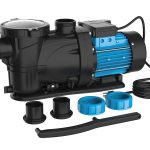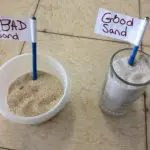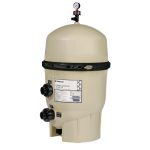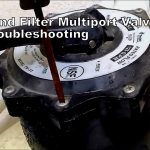To connect a pool heater to a filter, water from the filter should go into the pool heater, usually through a water bypass valve that allows the water to flow around the heater instead of through it.
Overview Of Pool Heater Installation
Connecting a pool heater to a filter is crucial for optimal performance and efficiency. When it comes to pool heater installation, it is important to understand the significance of this connection. A properly connected pool heater ensures that the water flowing through the system is clean and free from debris.
This not only enhances the longevity of the heater but also improves its overall efficiency. By connecting the pool heater to the filter, you can maintain the desired water temperature and enjoy comfortable swimming conditions. Moreover, a properly connected pool heater prevents any potential damage to the equipment due to clogged filters or irregular water flow.
In conclusion, connecting the pool heater to the filter is a fundamental step in ensuring its proper functioning and maximizing its benefits for an enjoyable swimming experience.
Gathering Necessary Equipment
To connect a pool heater to a filter, you’ll need to gather the necessary equipment. Begin by determining the specific model of your pool heater and filter to ensure compatibility. Once you have this information, you can proceed with the connection process.
Additionally, you may need to procure any additional equipment required for the connection. It’s crucial to ensure that all the components are compatible and properly installed for the system to function efficiently. By following these steps and guidelines, you’ll be able to connect your pool heater to the filter effectively.
Step 1: Assessing The Current Plumbing Setup
Assessing the current plumbing setup is the first step when connecting a pool heater to a filter. By examining the existing pool plumbing system, you can determine the location of the pool filter and the desired placement of the pool heater.
It is crucial to evaluate the available space for the installation to ensure a proper and efficient connection. This will help you determine if any modifications or adjustments are needed to connect the pool heater to the existing plumbing system.
Taking these factors into consideration will ensure a successful installation and optimal performance of the pool heater.
Step 2: Shutting Off Power And Draining Water
To ensure safety during the installation process, it is important to shut off the power to the pool pump and heater. This step prevents any potential electrical accidents while you connect the pool heater to the filter. Additionally, draining the water from the pool filter and heater is crucial.
This prevents any water leakage or damage to the equipment during the installation. By following these precautions, you can successfully connect your pool heater to the filter and enjoy a warm and comfortable swimming experience. Remember, safety should always be a top priority when working with electrical and water systems.
Step 3: Connecting The Pool Heater To The Filter
To connect the pool heater to the filter, start by positioning the heater next to the pool filter. Then, connect the inlet and outlet pipes of the heater to the corresponding ports on the filter. Make sure to secure the connections with appropriate fittings and clamps.
By following these steps, you can ensure proper functionality and efficient heating for your pool. Remember to check for any water flow issues and adjust the water bypass valve if necessary.
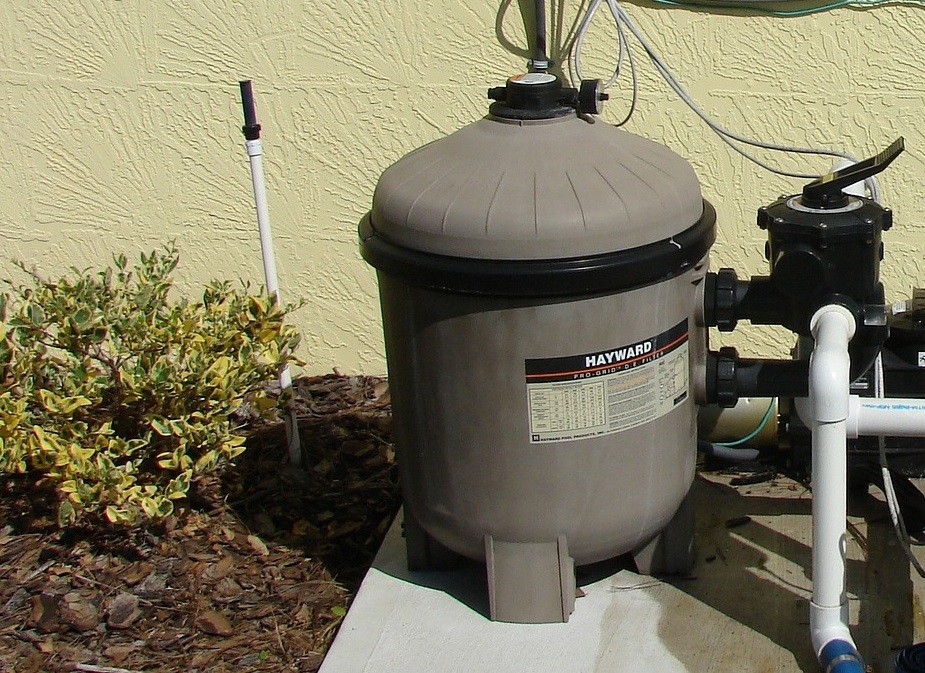
Credit: alohadesertpools.com
Step 4: Testing The Connection
After successfully completing the previous steps of connecting the pool heater to the filter, it’s time to move on to step 4: Testing the Connection. To do this, you’ll need to turn on the power to the pool pump and heater.
This will allow you to check if the connection between the two is functioning properly. While the power is on, be sure to carefully check for any leaks or abnormalities in the connection. Any signs of leakage should be addressed and repaired before proceeding further.
Additionally, you’ll want to adjust the settings on the pool heater for optimal performance. This includes setting the desired temperature and ensuring that everything is properly calibrated. Taking the time to test the connection and make any necessary adjustments will ensure that your pool heater is functioning efficiently and effectively.
Frequently Asked Questions For How To Connect Pool Heater To Filter?
Does Pool Heater Go Before Or After Filter?
The pool heater should be placed after the filter. The water flows into the pool heater after passing through the filter. There is usually a water bypass valve at the heater’s intake, allowing water to bypass the heater if needed.
This setup ensures that the water is properly filtered before it reaches the heater.
Does Pool Pump Have To Run With Pool Heater?
The pool pump does not have to run with the pool heater. However, it is recommended to run the pump while the heater is operating to ensure proper water circulation and heating efficiency. The pump helps to move water through the heater, allowing it to be heated before returning to the pool.
This helps maintain a consistent temperature throughout the pool and prevents stagnant water in the heater. By running the pump with the heater, you can maximize the effectiveness of the heating system and minimize energy waste. It is important to consult your owner’s manual for specific instructions on how to operate your pool heater and pump together for optimal performance.
Can I Install My Own Pool Heater?
Yes, you can install your own pool heater. However, it is important to carefully follow the instructions provided in the owner’s manual. Installing a pool heater may require some basic plumbing and electrical knowledge. Make sure to check your local regulations and codes before installing a pool heater to ensure compliance.
It is recommended to consult with a professional if you are unsure about any aspect of the installation process. By installing your own pool heater, you can enjoy the benefits of a heated pool without relying on professional installers.
Can Pool Pump And Heater Be On Same Circuit?
Yes, a pool pump and heater can be on the same circuit. The pump and heater both require electrical power to operate, and they can be connected to the same electrical circuit. However, it is important to ensure that the circuit has enough capacity to handle the combined electrical load of the pump and heater.
It is recommended to consult a professional electrician to determine the appropriate circuit capacity and ensure safe and proper electrical installation.
Conclusion
Different pool heaters may have specific instructions on how to connect them to the filter. However, one common practice is to connect the pool heater after the filter. This means that the water from the filter will flow into the pool heater before entering the pool.
Most pool heaters have a water bypass valve that allows water to flow around the heater if needed. It’s essential to follow the manufacturer’s instructions and consult the owner’s manual for specific guidance on connecting the pool heater to the filter.
Properly connecting the pool heater ensures efficient heating and helps maintain a clean and well-functioning pool system. By understanding the correct installation process, you can enjoy a comfortable and enjoyable swimming experience in your heated pool for seasons to come.

